Every year, when monsoon clouds come to Lucknow, house owners and property managers (संपत्ति प्रबंधक) face the same big problem: keeping water out of their homes. The city gets very heavy rain from June to September, along with high moisture (नमी) in the air.
This puts a lot of pressure on all buildings in the area. Learning how to properly waterproof (जलरोधी बनाना) your property can save you from expensive water damage repairs (मरम्मत).
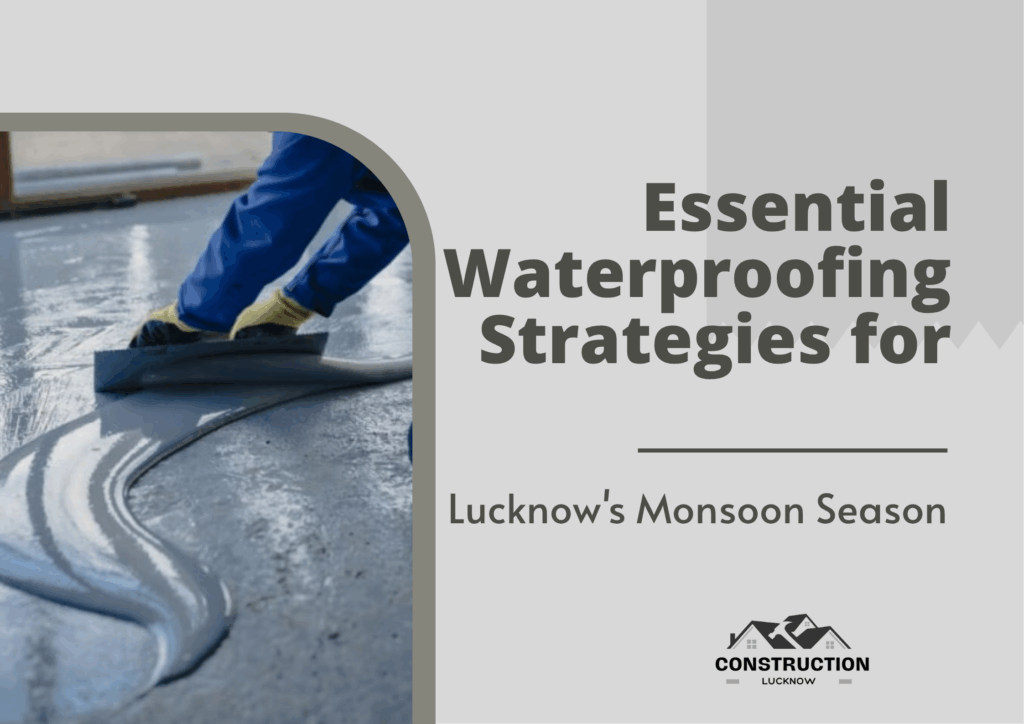
The Monsoon Reality in Lucknow
Lucknow’s monsoon season brings heavy rainfall that tests every building’s protection. The mix of strong rain and high humidity (आर्द्रता) creates perfect conditions for water to get inside through even the smallest gaps in a building’s protective barriers (सुरक्षा बाधा).
The most at-risk areas are flat rooftops that you see everywhere in the city, outside walls that face the rain directly, basements where water naturally collects, and wet areas like bathrooms where moisture (नमी) is always present.
The important thing to understand about monsoon preparation (तैयारी) is that water always finds the easiest way in. A small crack in your roof today becomes a big leak tomorrow.
A wall that lets a little moisture through will slowly allow water to go deeper into the building structure (संरचना). This eventually makes paint peel off, plaster crumble, and can even damage the building’s strength.
Area-Specific Challenges and Solutions
Gomti Nagar and Gomti Nagar Extension
Main Problems:
- High-rise apartments with terrace (छत) leaking problems
- Basement parking water seepage (पानी का रिसाव)
- Building joints (जोड़) get cracks from building movement
Best Solutions:
- Use PU liquid membranes (तरल झिल्ली) for flat roofs and terraces
- Apply crystalline admixtures (क्रिस्टलीय मिश्रण) in basement walls
- Seal expansion joints with polyurethane sealants (सीलेंट)
Indira Nagar’s Aging Architecture
Main Problems:
- Old houses with wall cracks and water seepage
- Flat roofs that don’t drain water properly
- Old drainage systems that get blocked
Best Solutions:
- Fix wall cracks with elastomeric sealants before the monsoon
- Apply silicone-based waterproof paints on the outside walls
- Use bitumen membrane (बिटुमेन झिल्ली) or tile system on roofs
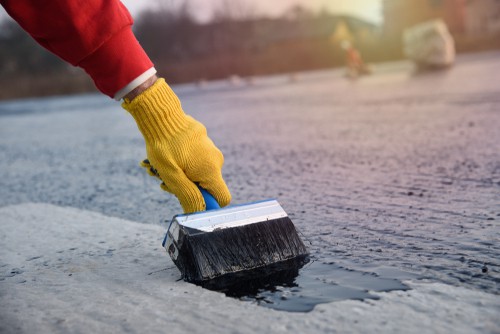
Dense Urban Areas: Alambagh and Aliganj
Main Problems:
- Shared drainage lines (नाली) between buildings
- Bathroom leakage affecting neighbor’s house
- Old buildings with weak joint sealing
Best Solutions:
- Waterproof bathroom areas under tiles with cement coatings
- Use epoxy grout (ग्राउट) for bathroom floors and walls
- Check and treat drain lines regularly
- Apply anti-seepage treatment in shared walls
Heritage Preservation: Hazratganj
Main Problems:
- Old heritage buildings need special care
- Basement shops get water seepage
- Can’t use strong chemicals on old brick/stone
Best Solutions:
- Use lime-compatible breathable coatings for old walls
- Install drainage boards with waterproof membranes for basements
- Avoid heavy chemical treatments that damage old materials
New Development Areas: Jankipuram
Main Problems:
- Water tank leaks in new constructions
- Terrace areas not properly sealed
- Roof slopes not made correctly for water drainage
Best Solutions:
- Use polymer-modified cement coatings for water tanks and terraces
- Make sure roof has proper slope (ढलान) and drainage outlets
- Add waterproof banding around parapet walls (परेट दीवार)
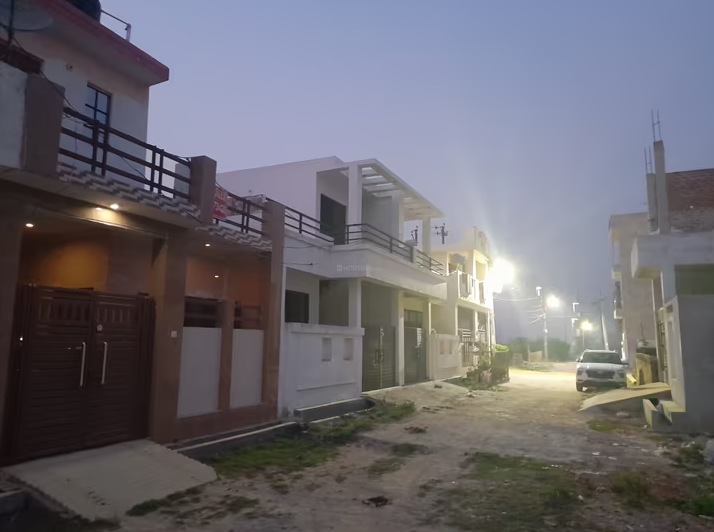
Established Residential Areas: Rajajipuram
Main Problems:
- Water logging (जल जमाव) during heavy rains
- Foundation moisture rise from ground
- Water seepage from neighboring properties
Best Solutions:
- Apply bituminous coatings on external foundations
- Do grouting in shared walls between houses
- Install proper drainage pipes to move rainwater away from building base
Historic Core: Chowk and Old City Areas
Main Problems:
- Old lime-plaster walls getting damaged
- Narrow drainage paths get blocked easily
- Wooden ceilings and beams can rot (सड़ना)
Best Solutions:
- Use lime-compatible water repellents for walls
- Relay roof with proper slope and tile overlay
- Treat wooden beams with waterproof varnish and antifungal agents
Modern Planned Communities: Ashiyana
Main Problems:
- Water seepage in walls between apartments
- Balcony and utility shaft (शाफ्ट) leakage problems
- Modern building design creates water entry points
Best Solutions:
- Use PU grouting in walls between apartments
- Apply elastomeric membrane coatings on balcony slabs
- Properly seal utility shafts with water-resistant materials
Waterproofing Approaches
Roof Protection Systems
Liquid Membrane Options:
- Acrylic-based coatings – flexible and UV resistant
- Polyurethane coatings – can be rolled or sprayed on surface
- Creates seamless barrier (बाधा) that moves with building
Bituminous Membranes:
- Torch-applied rolls work well for concrete flat roofs
- Need protection from sun damage with tiles or screed covering
- Good for areas with high water exposure
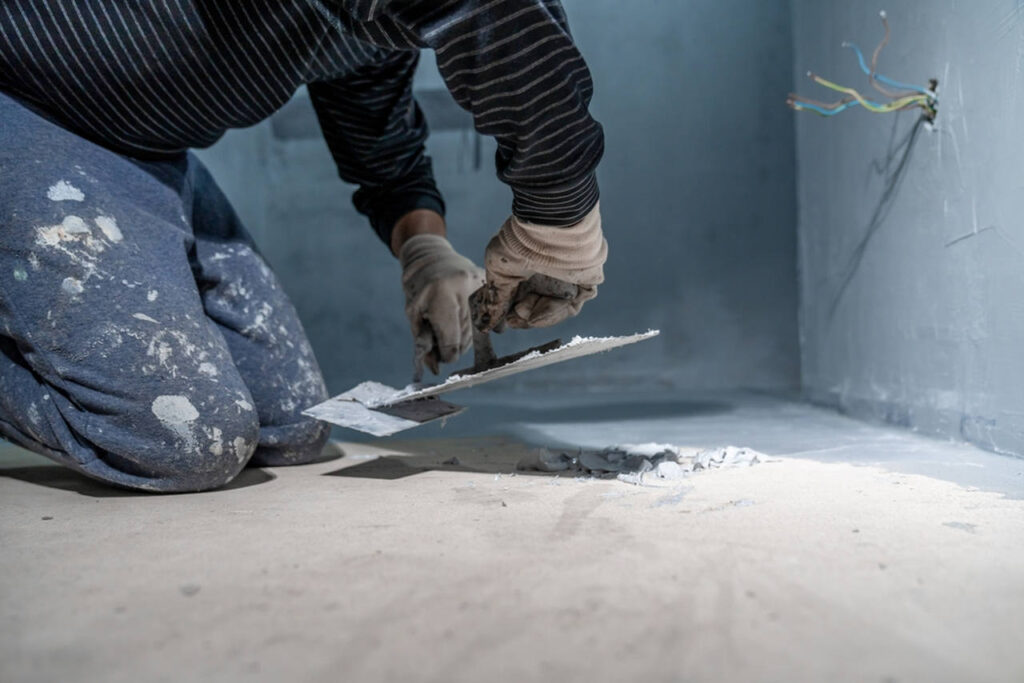
Tile Systems:
- Best for sloped roofs with waterproof underlayment
- Provides both looks and protection
- Traditional option that works well in Lucknow climate
Wall Protection Strategies
Crack Repair First:
- Fill existing cracks with elastomeric crack fillers
- Must be done before applying any coatings
- Prevents water entry through small gaps
Waterproof Paint Application:
- Use elastomeric or silicone-based paints
- These paints repel water but let wall breathe
- Apply in thin, even coats for best results
Foundation and Basement Care
Below-Ground Protection:
- Apply cementitious waterproofing on basement walls
- Can be applied from inside or outside
- Use drainage boards before filling soil back
Pressure Management:
- Install drainage systems to prevent water pressure buildup
- Address hydrostatic pressure (भूजल का दबाव) problems
- Keep foundation dry to prevent structural damage
Wet Area Management
Bathroom Waterproofing:
- Apply polymer-modified cement coatings under tiles
- Pay special attention to corners and pipe areas
- Use waterproof tape at joints and corners
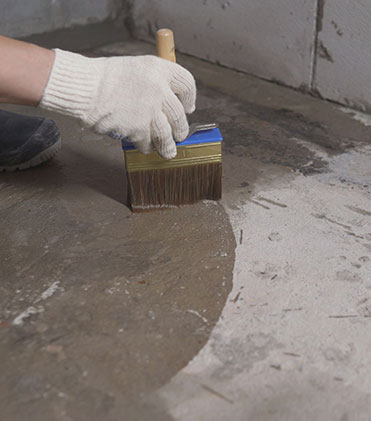
Kitchen Protection:
- Waterproof areas around sink and cooking zones
- Use epoxy grout between tiles for water resistance
- Seal all penetrations where pipes go through walls
Water Storage Protection
Internal Tank Coating:
- Use food-grade cementitious coatings inside tanks
- Safe for drinking water storage
- Prevents contamination and tank damage
External Tank Protection:
- Apply elastomeric or crystalline waterproofing outside
- Protects from weather damage
- Extends tank life significantly
Maintenance and Prevention
Pre-Monsoon Inspection:
- Check roofs and walls for cracks or damage
- Clean all drains and downspouts (नाली)
- Look for early signs of dampness or seepage
Regular Maintenance Schedule:
- Reapply waterproofing coatings every 5-7 years
- Keep records of when and what materials were used
- Plan maintenance before problems become serious
Professional Help:
- Hire certified waterproofing contractors for complex work
- Get warranty-backed solutions when possible
- Seek advice specific to your building type
Frequently Asked Questions
When is the best time to do waterproofing work in Lucknow?
The best time is from March to May, before the monsoon starts. This gives enough time for materials to cure (सेट होना) properly before heavy rains begin.

How much does waterproofing cost for a typical house?
Costs vary by area size and materials used. Basic roof waterproofing ranges from ₹40-80 per square foot. Complete house waterproofing can cost ₹2-5 lakhs, depending on size and requirements.
How long does waterproofing last?
Good quality waterproofing lasts 5-7 years with proper maintenance. Premium materials can last up to 10 years. Regular inspection helps extend life.
Can I do waterproofing work myself?
Small repairs like crack filling can be DIY. Major work, like roof membranes or basement waterproofing, needs professional contractors for the best results and warranty coverage.
What happens if waterproofing fails during monsoon?
Stop water entry immediately with temporary measures like plastic sheets. Call professional contractors after the monsoon for permanent repairs. Document damage for insurance claims.
Which areas of the house need waterproofing most?
Roof/terrace (छत), external walls facing rain, bathrooms, basements, and water tank areas need priority waterproofing in Lucknow’s climate.
How do I choose between different waterproofing materials?
Consider your building age, budget, and specific problem areas. Newer buildings can use modern membranes, while heritage buildings need traditional compatible materials.
What are signs that my house needs waterproofing?
Water stains on walls/ceiling, peeling paint, damp smell, visible cracks, mold growth (फफूंद), or actual water dripping during rains.
Does waterproofing affect house ventilation?
Good waterproofing materials are breathable – they stop water but allow air to pass. This maintains healthy indoor air quality while keeping water out.
Can waterproofing be done in the rainy season?
Emergency repairs can be done, but full waterproofing needs dry conditions. Most materials need 24-48 hours of dry weather to cure properly.
Spending money on proper waterproofing helps you in many ways. It not only prevents damage but also keeps your indoor environment (वातावरण) healthy by stopping mold and mildew (फफूंद) that grow in water-damaged buildings.
By taking a systematic approach (व्यवस्थित तरीका) to monsoon preparation, property owners can make sure their buildings stay safe, comfortable, and valuable through many monsoon seasons that come.
